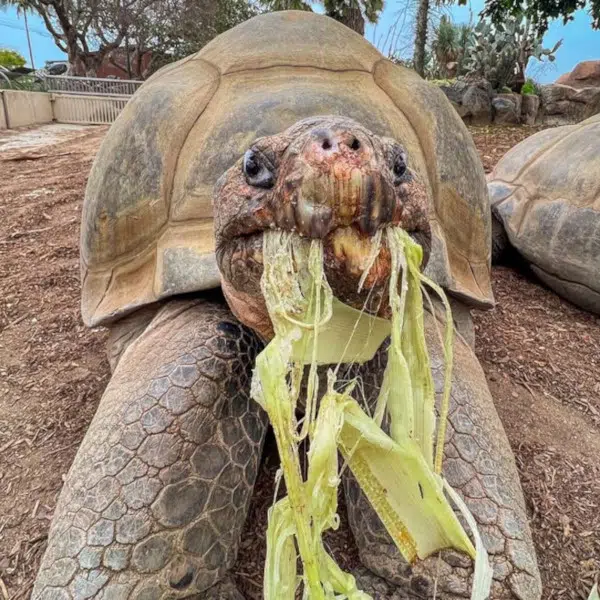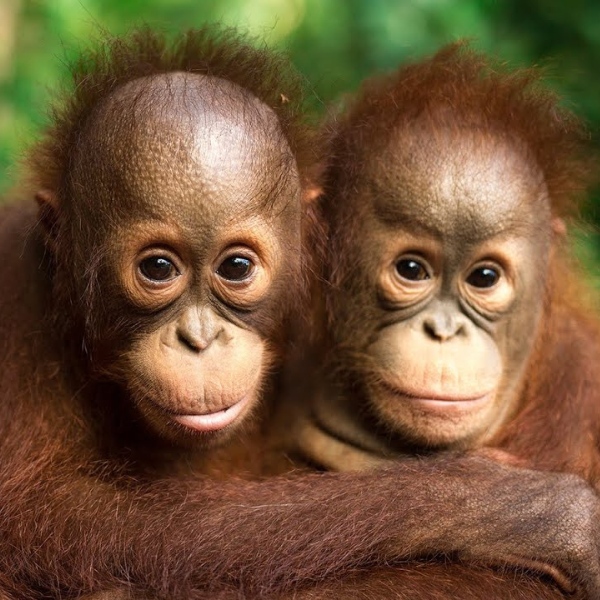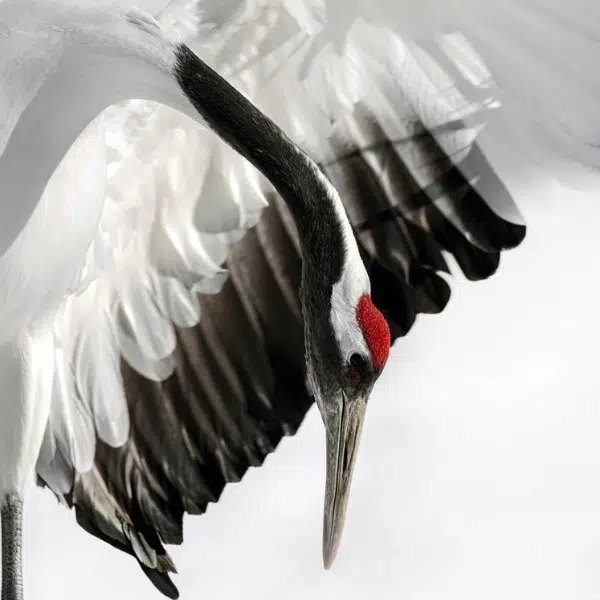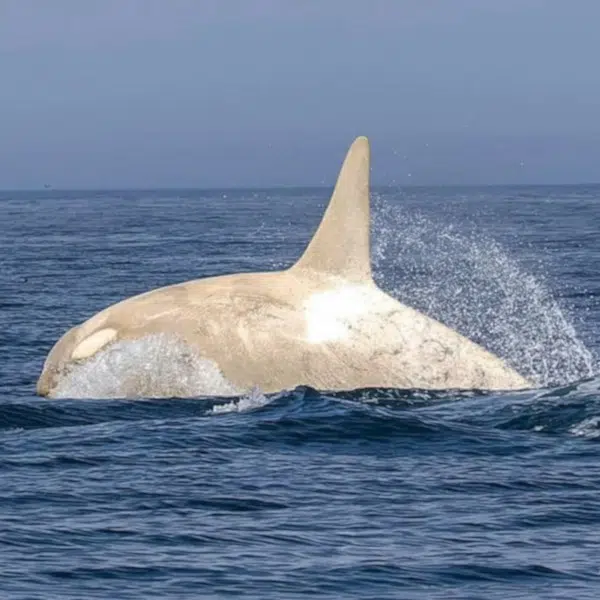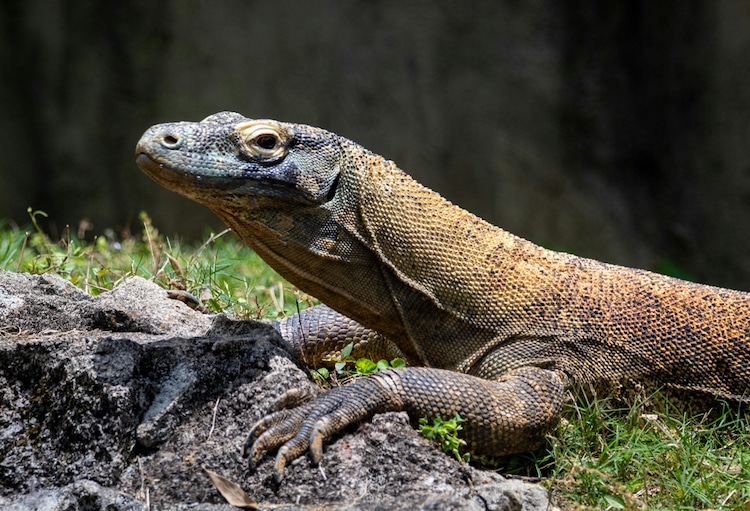
Photo: Joshua J. Cotten via Unsplash
At 10 feet long, venomous, and covered with a scaly suit of armor, Komodo dragons (Varanus komodoensis) are already terrifying—and fascinating—enough. And just to add to it, scientists have recently found that these giant lizards have iron-tipped teeth.
Using chemical and structural imaging, the researchers, led by paleontologist Aaron LeBlanc, discovered that iron is the protective orange layer coating the serrations and tips of the lizard's teeth.
The study, published in Nature Ecology & Evolution, explains how aggressive feeding habits forced the Indonesian lizards to adapt. Komodo dragons are the largest existing predatory lizards and consume prey as large as carrion, deer, and even water buffalo. These apex predators rip large chunks of meat and swallow them whole, putting stress on their tooth enamel. This ultimately led to the evolutionary appearance of their iron-capped teeth.
“If they didn't have this iron coating, I'm sure the enamel on the cutting edges would wear away very quickly, and the tooth would dull,” Le Blanc told CNN.
The researcher initially thought the orange pigment was from food staining. However, after analyzing a fresh set of teeth from a Komodo dragon that had lived in the London Zoo, it became clear that the teeth emerged from the gums with the iron color rather than developing later.
According to the study, these lizards are not the only ones with iron-coated teeth. By analyzing the teeth of monitor lizards and crocodiles, the researchers found that iron deposits are common in reptile teeth. However, this feature is most apparent in ziphodonts—organisms with serrated teeth, such as the Komodo dragon. Non-reptilian animals also exhibit this trait: mammals that rely on gnawing, like beavers and rats, are also known to have similar iron tracings.
With this discovery, Le Blanc's team looked at the past and attempted to explore how ziphodont carnivorous dinosaurs, who had teeth similar to those of Komodo dragons, may have eaten. However, their investigation was limited by fossil analysis: the abundance of iron in fossils makes it extremely difficult to determine whether the metal was initially present or developed later.
Their research doesn't end here. According to Le Blanc, the next step is to search for other distinctive features in fossilized monitor lizard teeth to better understand the fossil composition.
Unfortunately, Komodo dragons are listed on IUCN's Red List and are classified as endangered. This discovery shows how much more there is to learn about these remarkable creatures. Understanding the species' unique adaptations is crucial to understanding the reptiles of the past and necessary for conservation efforts. It allows us to appreciate the complexity of these animals and emphasizes the importance of preserving them.
Scientists recently discovered that Komodo dragons have iron-coated teeth, with the iron forming a protective orange layer along the serrations and tips.
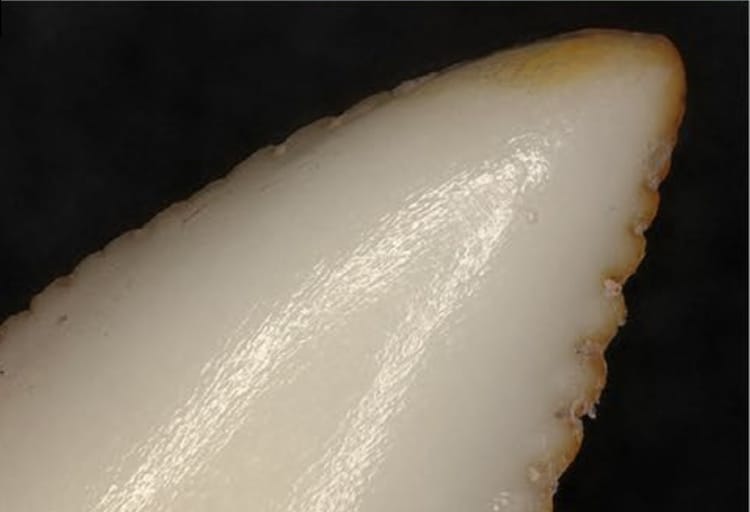
Photo: Aaron LeBlanc (CC BY 4.0)
This adaptation is necessary because their aggressive feeding habits put significant stress on their tooth enamel.
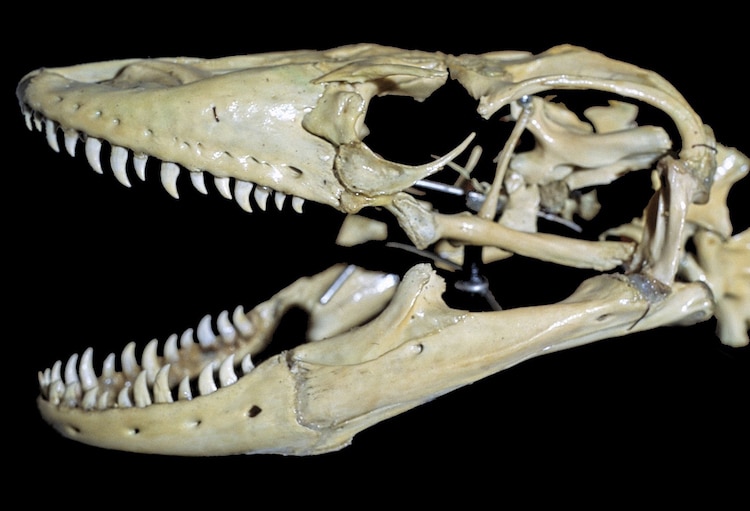
Photo: Danadi Sutjianto via Wikimedia Commons (CC BY 4.0)
The study, published in Nature Ecology & Evolution, found that while iron deposits are especially common in serrated-tooth organisms like Komodo dragons, they are also widespread in other reptilian teeth.
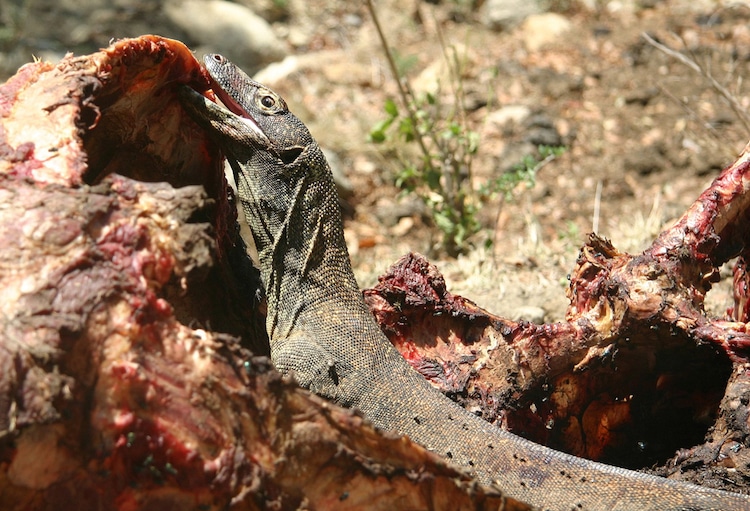
Photo: Mats Stafseng Einarsen via Wikimedia Commons (CC BY-SA 3.0)
These findings are crucial for understanding the feeding habits of carnivorous dinosaurs and emphasize the importance of Komodo dragon conservation due to their unique qualities.
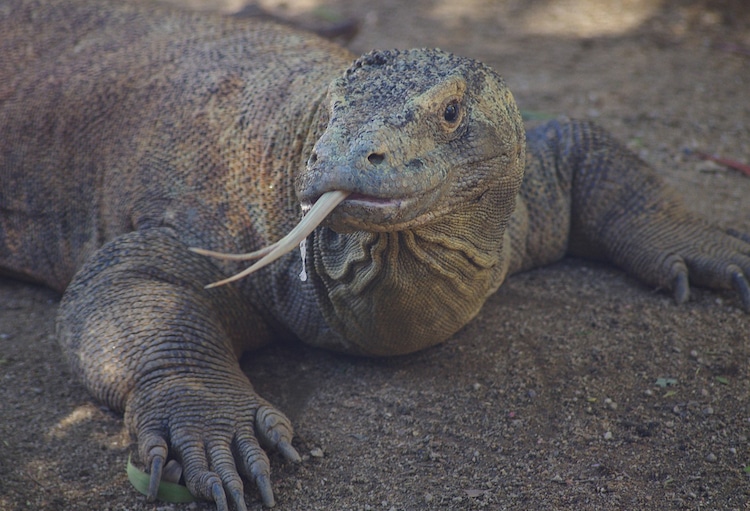
Photo: NAPARAZZI via Wikimedia Commons (CC BY-SA 2.0)
h/t: [CNN]
Related Articles:
World’s Oldest Piece of Fossilized Skin Is Discovered in Oklahoma Cave
202-Million-Year-Old Ichthyosaur the Size of a Blue Whale May the World’s Largest Marine Reptile
Man Spends 30 Years Photographing the Most Bizarre Cold-Blooded Animals on Earth
Isolated Crocodile Gets Itself Pregnant and Has “Virgin Birth” After 16 Years of Living Alone













































































